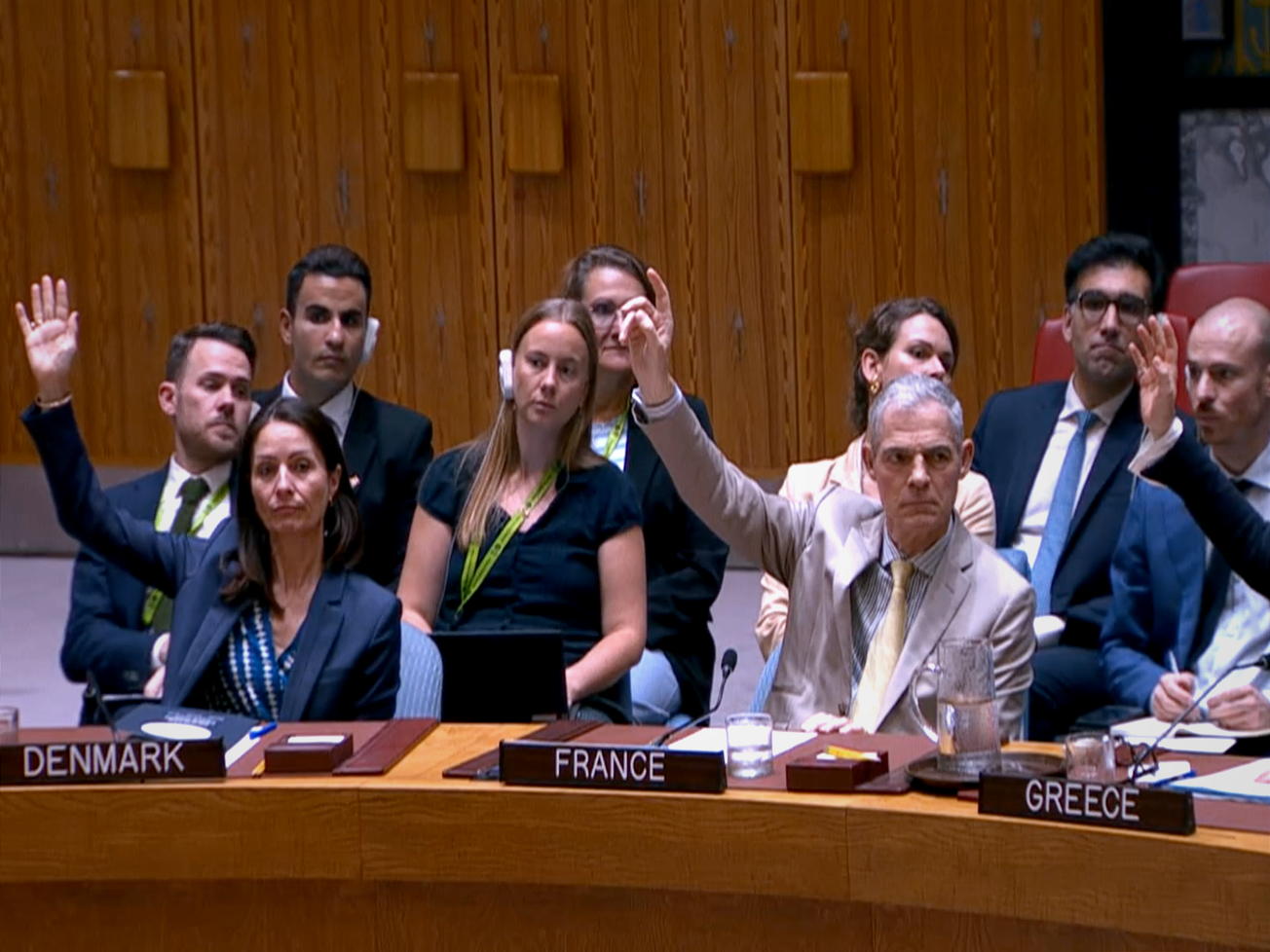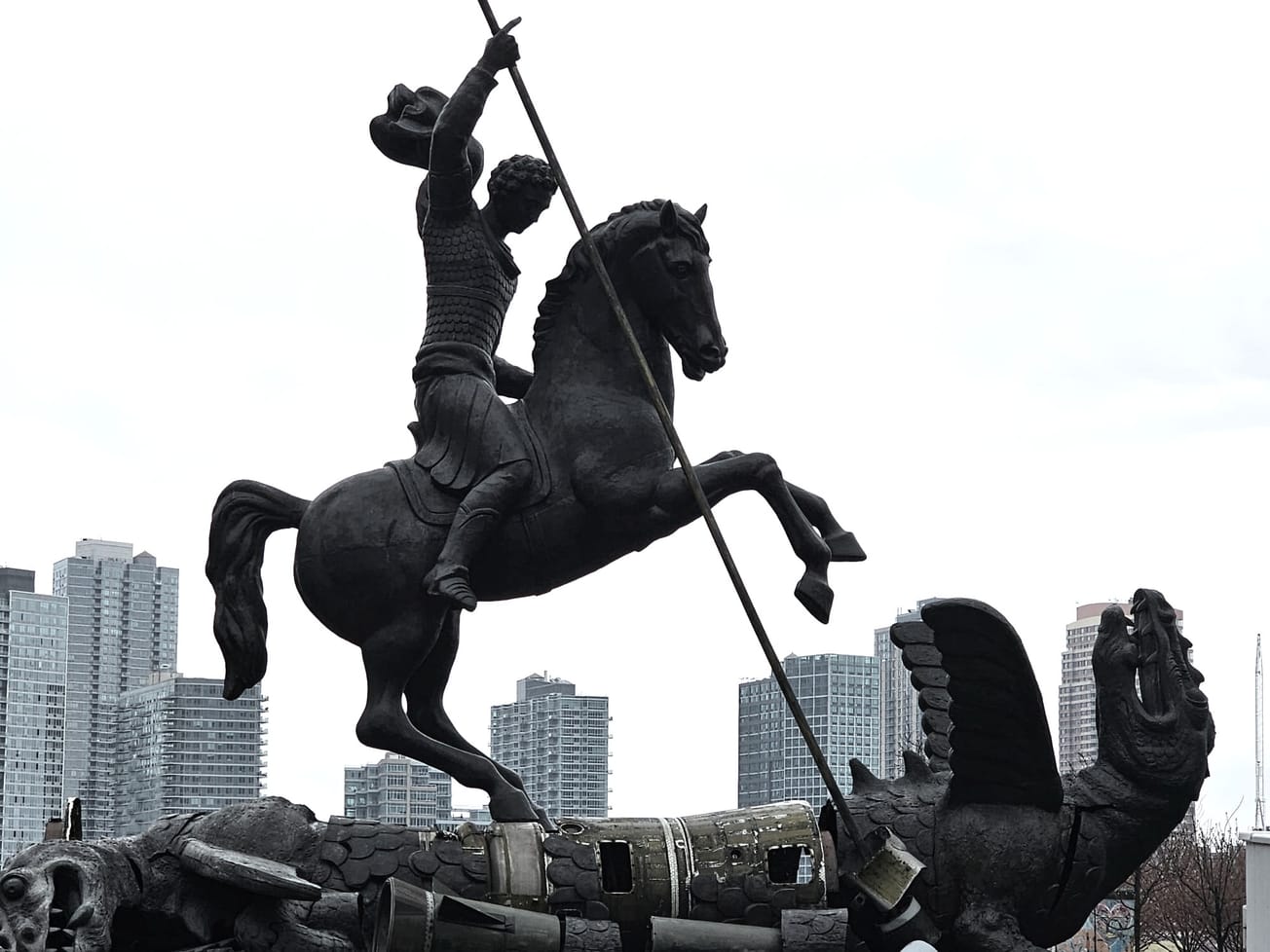The collapse of a major dam in southern Ukraine created what President Volodymyr Zelenskyy called “the largest man-made environmental disaster in Europe in decades" that the U.N. nuclear agency was closely monitoring.
Zelenskyy said Russian forces blew up the Kakhovka dam and hydropower station along the Dnieper River on Tuesday in a Russian-controlled area of Ukraine, causing dozens of towns to suffer flooding and one of the world's largest reservoirs to start emptying. Russia blamed the catastrophe on the Ukrainian military.









